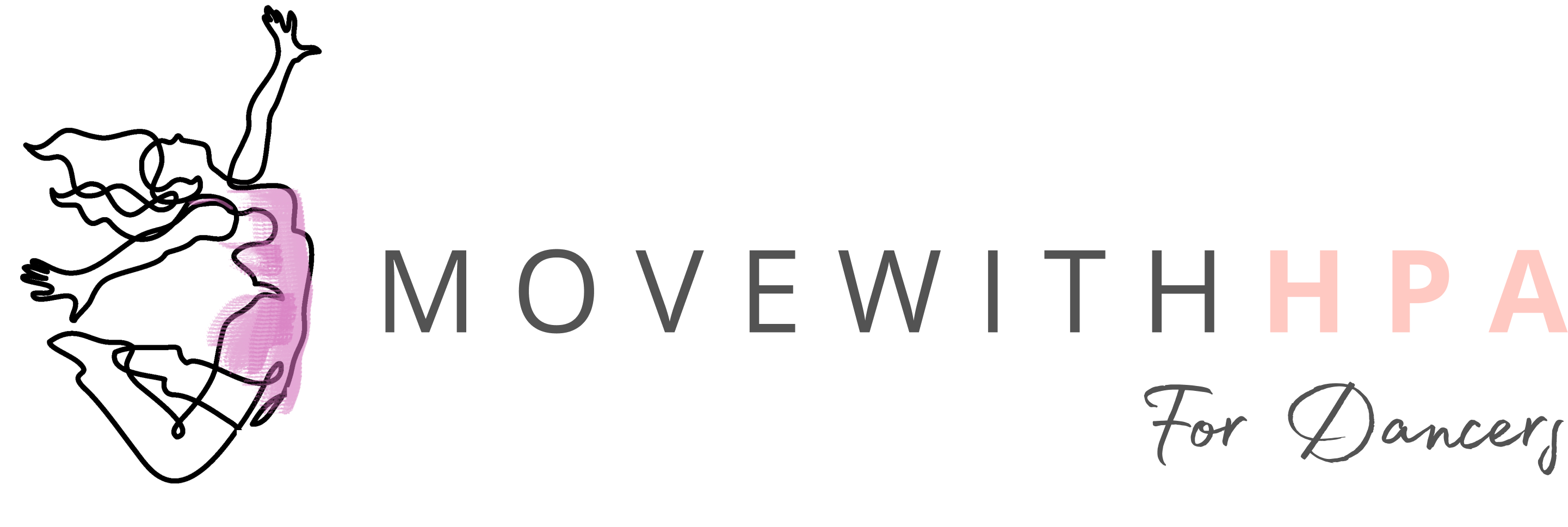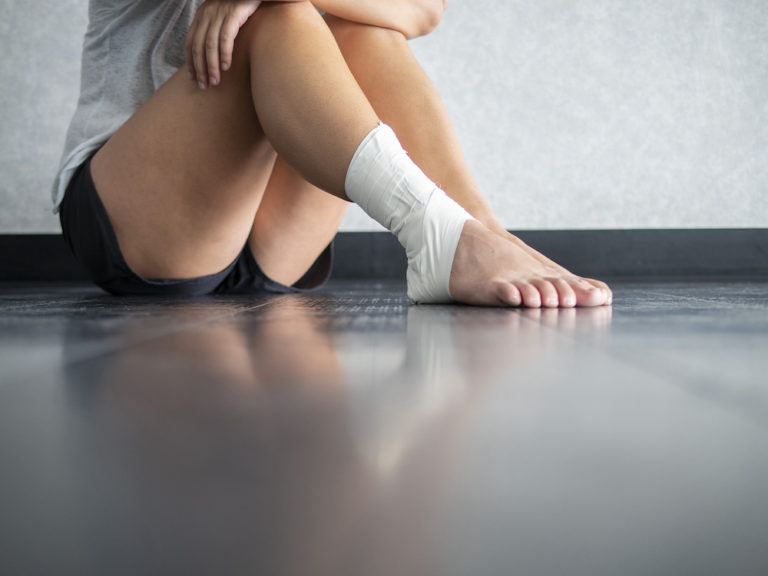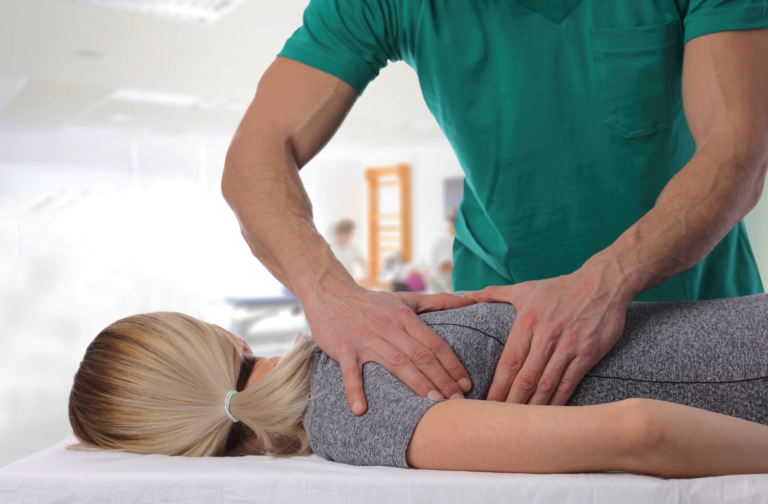How to Stop Pulling Your Hamstrings in Dance
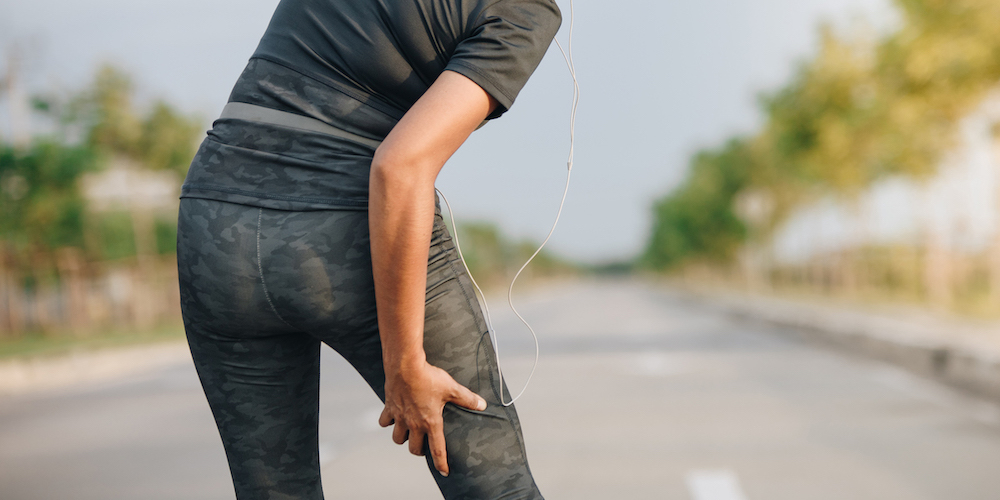
Do you ever wonder how to stop pulling your hamstrings in dance? Neutralizing your pelvic position will align your hips and allow your hamstrings to extended fully without injury.
Learn how to stop pulling your hamstrings in dance
I’m the dancer trying to make sure I’m not in group one so I can sneak up to the window and try to see if there are any right battements…
The truth about flexibility
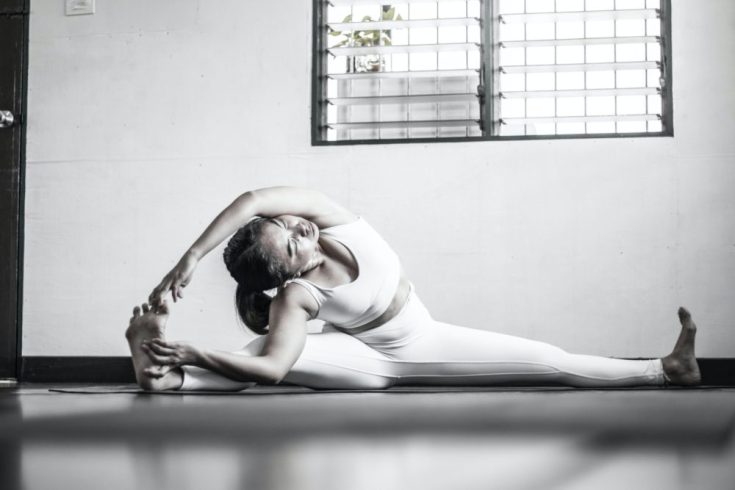
True or false: Muscles don’t stretch like Lululemon.
TRUE! Considering how much we talk about stretching and flexibility, it’s hard to fathom the concept that when we are “stretching” we are not actually stretching our muscles!
Muscles contract and elongate. When we are “stretching” a muscle, we are really talking about it elongating to the point of its design length.
I am NOT flexible. No amount of candy bribes from my dance teachers was going to get this kid’s splits on the floor. Not even being sat on. And, believe me, it sure wasn’t a lack of trying! So, I left my dream of ever being able to kick my face, and decided I would just be a tapper.
What I didn’t know at the time was how my flexibility was being hindered by my hip position- not my lack of “stretchy-ness”.
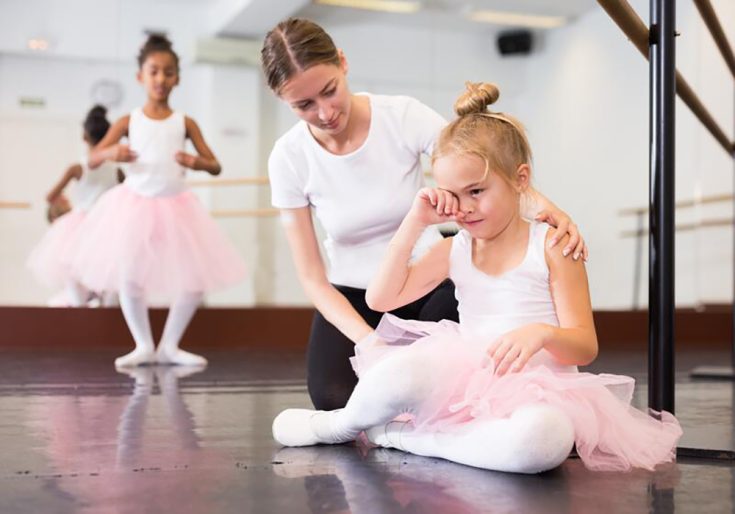
While I grew to love tap, my initial motive was to avoid the humiliation of being the only kid in class who couldn’t do battements or splits. It never got better, either. I remember my ballet teacher from my freshman year of college coming over and poking me saying, “what did you do?”
She couldn’t believe how inflexible I was!
Surely I was doing something wrong that led me to be so inflexible. I couldn’t even stand up straight in 5th, my legs and hips were so stiff.
How stiffness and pain protect the body
Stiffness is extremely annoying, but extremely important to understand. When you go to battement and feel stiffness in your hamstring, we usually say, “I’ve lost flexibility and my muscles are short.”
Actually, when you “lose” flexibility due to stiffness, your muscles aren’t any shorter. In the same way, stretching your muscles don’t actually make them any longer.
Stiffness or resistance is one of the body’s genius warning signals that you are approaching danger. The joints are the treasure your body will break to protect. The stiffness in your hamstring is there to tell you that you are approaching the limit. If you continue, there could be a tear. If you proceed after the tear, there could be damage to the joint itself.
Have you ever blown a fuse drying your hair while also having a million other things plugged in and running?
Oh New York. I blow a fuse so often I just leave the fuse box door open with a step stool out and ready. This is exactly what happens when you pull your hamstring.
The stiffness is the yellow light. The tear is the red light.
If the stiffness didn’t slow you down, the tear will stop you. Why does the breaker box turn off the electricity when you are using too much for it to handle? It does so to keep from a power surge that could cause greater and more consequential damage.
The hamstring pull or tear acts like a circuit breaker to save your incredibly valuable hip joint.
Your pelvic position is key to stop pulling your hamstrings
Hip misalignment has drastic consequences
If a Fossy legend in her 60’s can do it, surely I can!
Wrong.
I pulled my right hamstring annually from 2015 to 2019 without fail.
There’s nothing quite like the embarrassment that comes from tearing your hamstring a week before opening a show after your choreographer- a fierce Fossy legend- demonstrates a flawless hitch kick in clogs and not warmed up.
“Like this,” she said as she demonstrated the hitch kick.
I was in my mid 20’s and she was in her 60’s. To my horror, I pulled my hamstring.
I didn’t know why my hamstring pulled, but what I did know was I was going to need to use a year’s worth of tiger balm and pain killers for the next couple weeks to get through those performances.
I may be smiling in the photo, but I am holding my breath in pain!
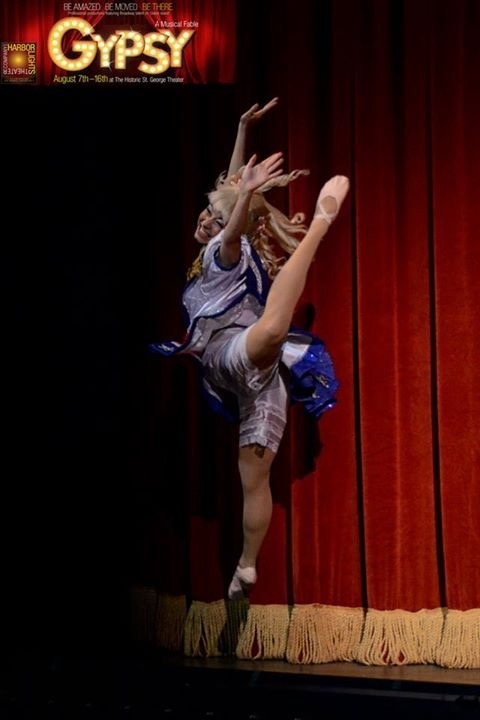
While feeling crazy, frustrated, angry, and in pain, I made an emotional decision to spend hundreds of dollars on a random martial marts flexibility program (which never helped).
I couldn’t keep up with the flexibility demands in the room and I definitely needed to stop pulling my hamstring. I didn’t know what else to do.
Common alignment misconceptions
If one more teacher told me to tuck my pelvis and knit my ribs, I was going to scream.
It was literally, physically impossible for me. It didn’t matter how hard I tried, it was not happening.
Many of you have been told you have an anterior tilt, a sway back, lordosis, or that one leg is longer than the other-to name a few. I’ll start with the latter. You do not have one leg that is longer than the other no matter how many times you lay on your face and have the chiropractor or PT compare your heels! (unless you have the rare case of a birth defect or extreme trauma to a growth plate as a child).
While birth defects are uncommon, hip misalignments run rampant—especially with dancers. This is the reason one leg is appearing longer than the other!
I had it all—lordosis, sway back, scoliosis, a leg “longer than the other”. The experts had an easy time naming all my problems, but not one of them could tell me why my hips and back were messed up, how it affected my hamstring pulls and hip pains, or how to get rid of the misalignments.
With postural alignment therapy, not only did I learn that my lack of flexibility and frequent hamstring pulls were a result of my hip misalignments, but that my debilitating back pain from lordosis (extreme lower back extension) was the result of my pelvic and shoulder position as well!
The site of pain is not often the source
My hamstring pulls were traced all the way back to my shoulders and uselessly weak hip flexors! Can you believe that?!
I had extremely dysfunctional shoulders and non-existent hip flexor strength. My shoulders were so rolled forward and stuck, my lower back ended up being recruited to do WAY more work than it was meant to.
It’s now no wonder I had so much back pain! My lower back was working so hard, it was over developing and taking over. This, in turn, caused my lower back to pull on my pelvis so hard that it made it tip extremely forward. The severe anterior tilt was not only unbelievably painful in my lower back, it was the culprit for my hamstring pulls.
Conclusion: A neutral pelvis prevents hamstring pulls
To make up for the stuck shoulders, overactive back, and weak hip flexors, my hips twisted. To make matters worse, my torso started twisting the other way! What a mess!
I’m more flexible now than I ever was (except when I was maybe 5 years old) because my hips and torso are no longer twisted, my shoulders aren’t stuck rolled forward, and my back is not trying to do the work of my hip flexors.
I haven’t pulled a hamstring since.
Many of us are not strangers to hamstring tightness, stillness, pain, or pulls. The good news is, with proper hip positioning and alignment, they can be a problem of the past!
When your hips are operating from a neutral position, your body will no longer need to send out the warning signals in the form of stiffness and pain.
Without the impending danger of an injury to the hip joint itself, your body will relinquish the stiffness, tightness, and pulls. You can dance in group one and battement with confidence.
